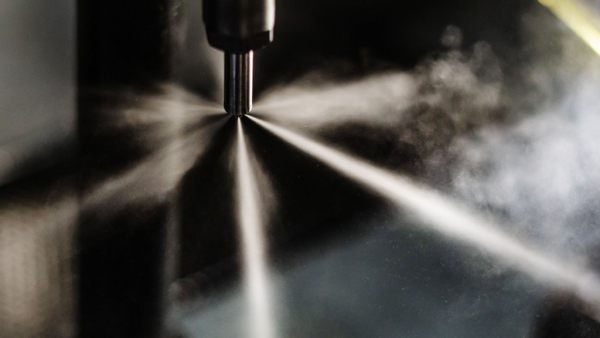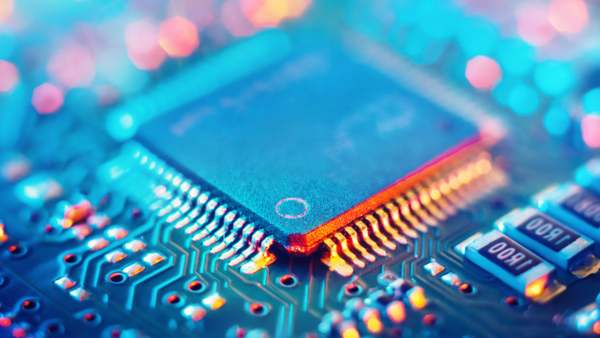Self-diagnostic tools:
As per the Economic Times report, vehicles will now need to be equipped with self-diagnostic devices. While the device will continuously monitor the vehicle’s emission levels while driving, it will also monitor other important emissions devices such as the catalytic converter and oxygen sensor. The BS6 Phase 2 mandatory device will warn drivers when emissions exceed the prescribed parameters and remind them to get the vehicle serviced.
Programmed Fuel Injector:
The new vehicles will also have programmed fuel injectors. These injectors will help bring the amount of fuel burned under control. Fuel injectors control the timing and amount of fuel and air injected into an ICE engine during each combustion cycle.

Advanced Semiconductors:
While the industry is facing huge semiconductor shortages, the BS6 Phase 2 emission norms will require automakers to install improved, advanced semiconductors in new vehicles from April 2023. More sophisticated semiconductors will monitor the vehicle’s throttle, crankshaft position, air intake pressure. Engine temperature and emissions content such as CO2 and particulate matter.

While these upgrades are likely to lead to a marginal increase in overall vehicle prices, Rohan Kanwar Gupta, vice-president, ICRA, says the inclusion of self-diagnostic equipment and associated hardware and software will require a larger investment. Also, with the OEMs announcing several price hikes in the last 15 to 18 months to counter inflation, the additional increase in costs could have a moderate impact on demand, cautioned Gupta.